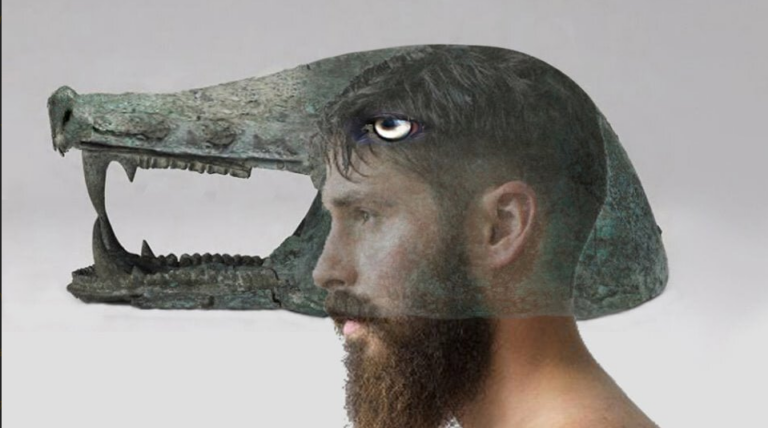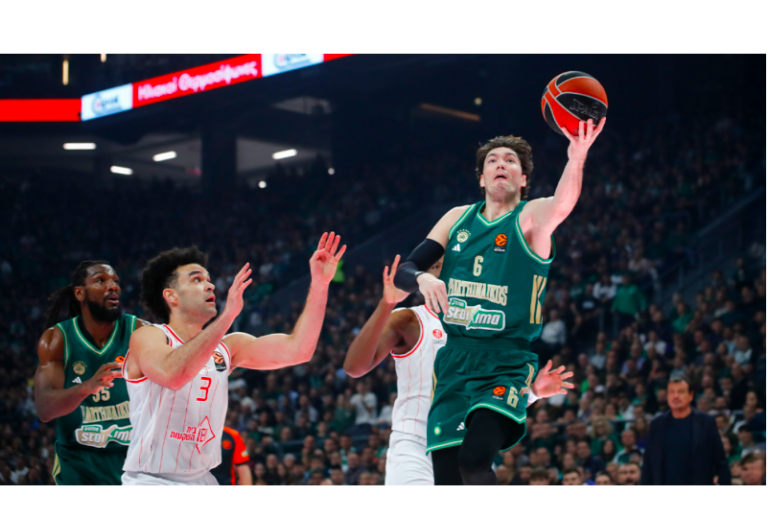The Etruscan wolf’s helmet, that is currently kept in Harvard’s Art Museum, is undoubtedly a masterpiece of ancient equipment. Despite it’s name, the etruscan helmet resembles a boar head. It dates back to archaic to classical period (6th-5th century BCE) an has modern additions. It is bronze and cast and hammered.
Other Elements of the helmet are lead, iron and arsenic. These pieces were part of an old repair and were removed from the object.
The patina is green and has areas of black and underlying areas of red. The top components of the nose and the hemispherical dome have areas of rough, raised green corrosion products and brown burial accretions.
A 100% Greek armoured vehicle is on its way – Meet the “Hoplite” (video)
Numerous large losses are the result of corrosion and breaks in the brittle, mineralized metal. There are numerous ancient repairs, including the flaps of metal folded and riveted around cracks on the lower edge of the hemispherical dome and the irregular shapes of metal riveted to the dome where it meets the lower jaw on both sides. The cast teeth are modern additions. They are not life casts and were irregularly modeled directly in wax to fit the shapes of the sheet metal assembly that form the jaw and top portions of the mouth. A modern sheet-copper framework in the top and bottom sections of the mouth and a patinated but modern ridged palette-shape on the top of the mouth both help to support weight of these teeth. Many of the rivets are ancient, but some have been replaced with modern copper pins or brass screws.
Read more: The Archaeologist
Ask me anything
Explore related questions





